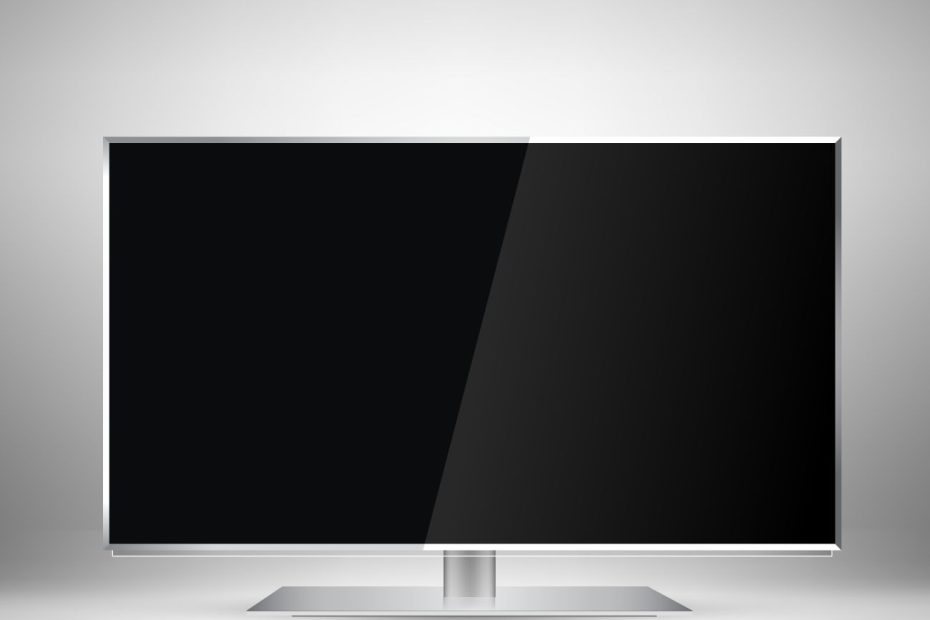Modern TVs consist of several main components: a display panel (or screen), a receiver, speakers and sound amplifier, a video processor, a power supply and various input and output connections.
The display panel is the most visible part of the TV, where photos and videos are displayed. It can be made using various technologies such as LCD, OLED and LED. A tuner is an electronic device that receives broadcast signals from a TV antenna or cable connection and converts them into electrical signals that are processed by the display panel and displayed on the screen.
Speakers and an amplifier are used to produce sound. The speakers are usually connected to an amplifier, which in turn is connected to the TV's audio input. The video processor helps to display clear and crisp images on the screen by processing video signals from a variety of sources such as DVD players, Blu-ray players, digital TV boxes, cameras, etc.
The power supply unit is responsible for supplying power to the various components of the TV. It is equipped with safety features to protect the TV against power surges. Finally, the TV is connected to various input and output ports that can be used to connect external devices such as games consoles, DVD players, digital cameras, etc. These ports help users to make the most of the TV's multimedia capabilities.
In general, modern TVs are made up of several key components that work together to deliver high quality picture and sound. Each component has its own unique purpose and together make up the whole TV set.
All of these components are responsible for ensuring a pleasant viewing experience for users. By understanding how each of these components works, users can better appreciate their TV technology. In addition, by keeping up to date with the latest advances in TV technology, users can ensure that their TVs are always of the best quality.

